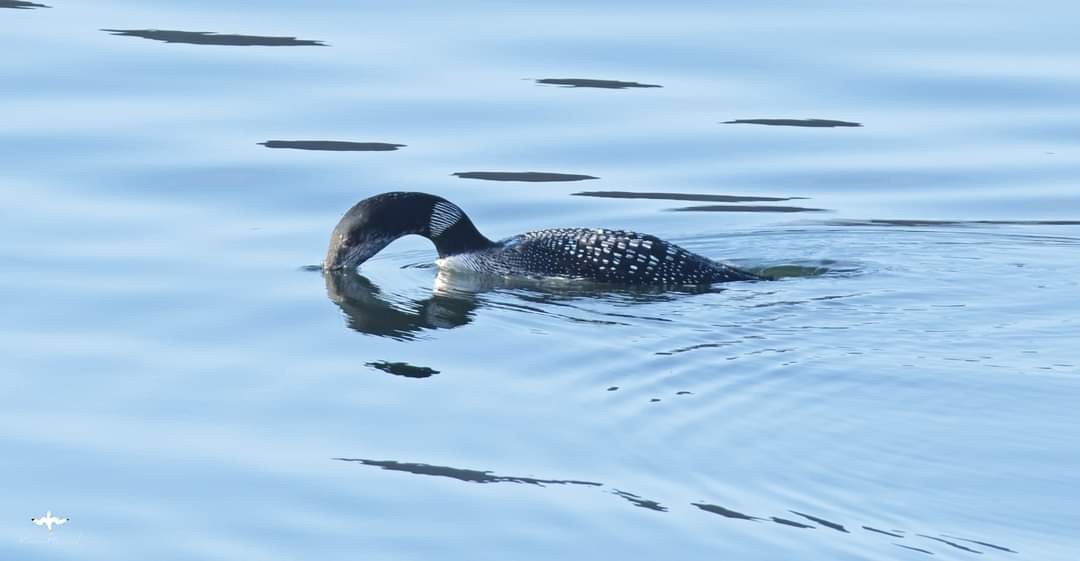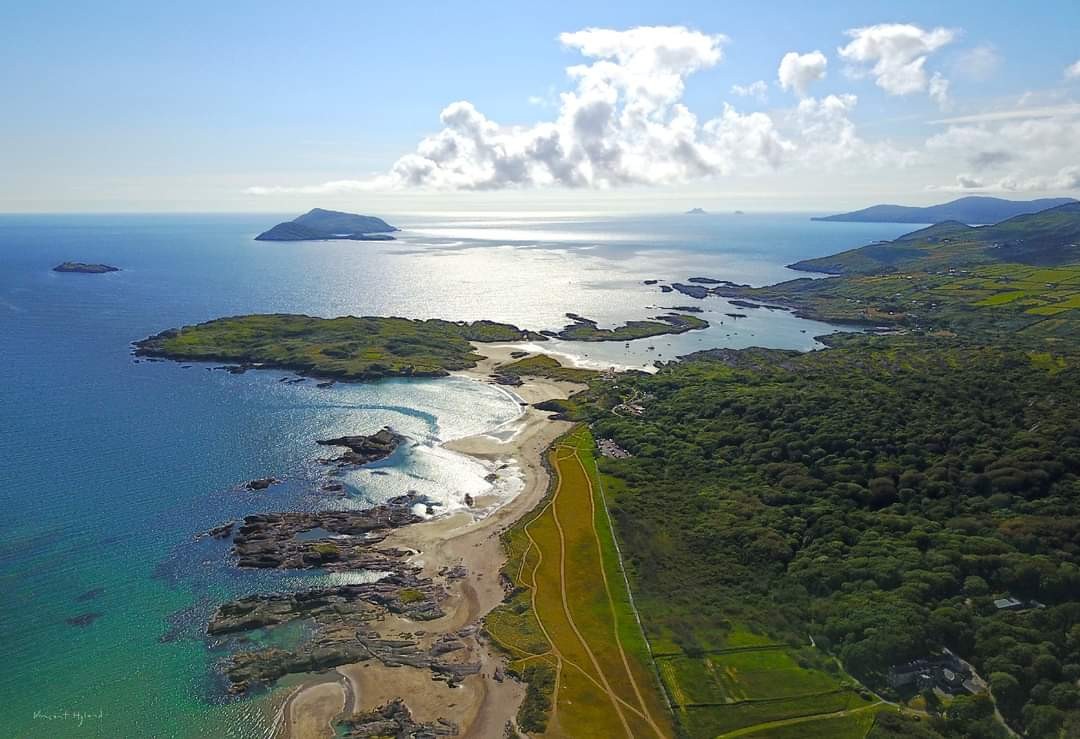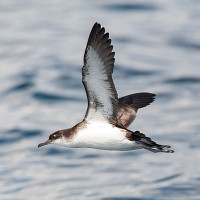Beschreibung
The coastal habitats of Derrynane attract many birds. This beautiful subtropical location is warmed by the gulf stream. Along its Atlantic shores you can see Basstölpel, Papageitaucher, Eissturmvogel, Atlantiksturmtaucher, Sturmschwalbe, Trottellumme, Gryllteiste, Dreizehenmöwe, Flußseeschwalbe, Küstenseeschwalbe, Brandseeschwalbe, Kormoran Schleiereule and Krähenscharbe. In winter you can see Eistaucher, Krickente, Flußuferläufer, Großer Brachvogel, Stockente, Singschwan and Seidenreiher. In the woodlands and along small rivers you can see Schilfrohrsänger, Feldschwirl, Waldbaumläufer, Mönchsgrasmücke, Zilpzalp, Eisvogel and Eichelhäher. In the sand dunes you can see Feldlerche, Strandpieper and Wiesenpieper. There are many more species to see including some rare migrants such as Pirol.
Details
Zugang
Driving to 4 carparks within Derrynane and getting out to walk the Derrynane Seashore Nature Trail and onto beaches, the Old Butter Road through the woodlands and along the Mass Path to explore the coast and out to Abbey Island and Lambs Head to explore the coast. Boat trips to see marine bird species and the possibility to go to the World Heritage Skellig Rocks to see Papageitaucher and Basstölpel nesting. The route that is shown on the map is 6,2 km.





